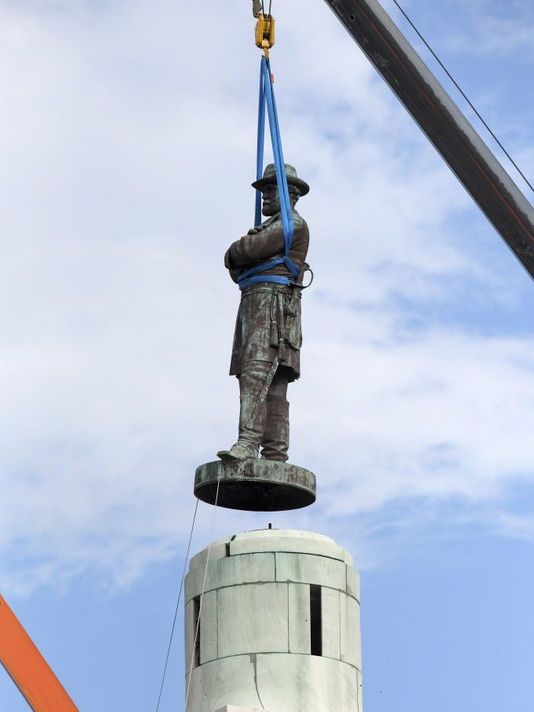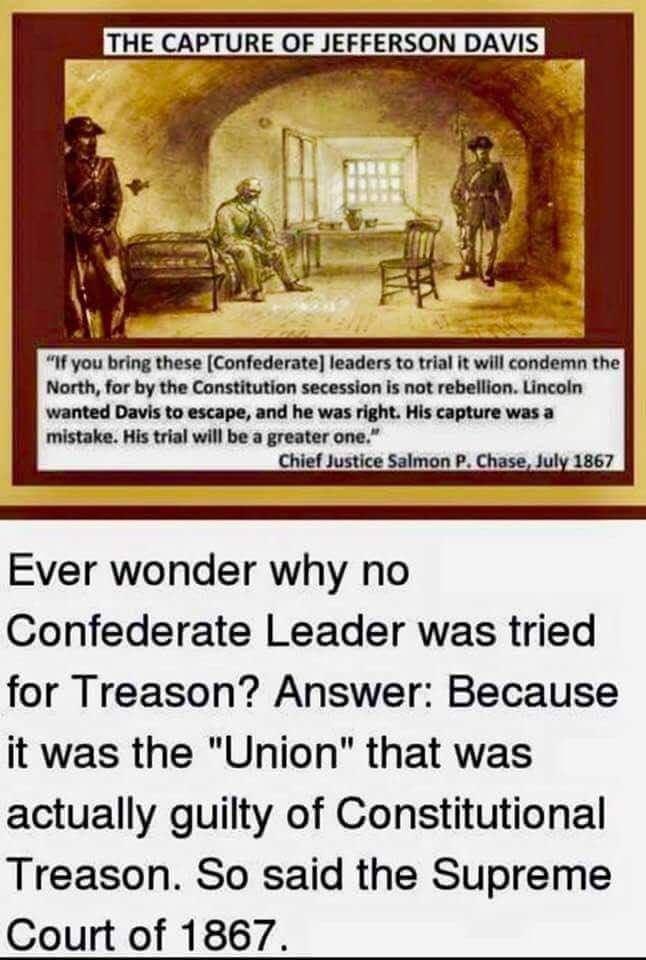the statues should be removed, but if we’re going to contexualize them, there are no better people to do it.
smithsonianmag.com/history/costs-…
thread on that plaque’s dedication here:
these LMAs start to morph into what is now the united daughters of the confederacy, a still extant organization responsible for many confederate statues
in 1921, the conversation isn’t about reconstruction anymore. we’re fully into the romantic narrative of the lost cause.
“these are clear demarcations of these social spaces,” says dr douglas.













